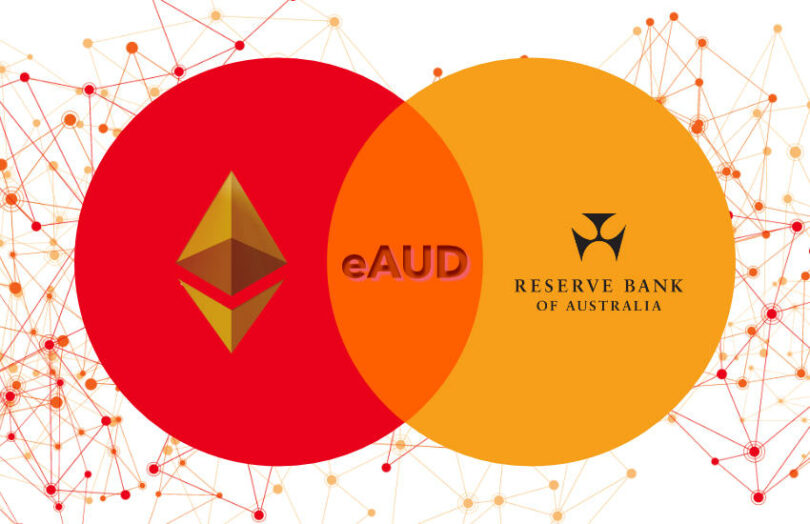Last week, the Reserve Bank of Australia (RBA) and the Digital Finance Cooperative Research Centre (DFCRC) outlined their retail and wholesale central bank digital currency (CBDC) pilot projects. One of the partners selected for the 14 CBDC use cases is Mastercard, which is working with Cuscal on an interoperable CBDC for trusted Web3 commerce. The aim is to enable the use of an eAUD on public blockchains.
The pilot proposal will use the CBDC to pay for an NFT on Ethereum. Since the CBDC itself is not issued on a public blockchain, the test will “lock” the required amount on the CBDC platform and mint an equivalent sum of wrapped tokens on Ethereum. However, for the transaction to go through, the Ethereum wallets of the buyer and seller and the smart contract itself must first be whitelisted. This will illustrate the possibility of implementing controls on public blockchains, such as know-your-customer (KYC) rules.
However, wrapping is not without risks. Essentially, a wrapped token is a tokenized copy of a coin that exists on a different blockchain, pegged to the value of the other asset and backed on a 1:1 basis. Hence, wrapping allows building bridges between different chains, circumventing the limitation on non-native assets on public blockchains such as Ethereum or BNB Smart Chain.
The risks of wrapping CBDCs
Yet the process needs to be transparent. Earlier this year, it surfaced that the Binance USD (BUSD) stablecoin, which is issued by the New York-regulated trust company Paxos on Ethereum, was not always 1:1 backed on other chains, despite being rock solid on Ethereum. As it turned out, Paxos was not involved in managing or supporting wrapped versions of BUSD, which it was upfront about on its website. Instead, other actors were issuing wrapped or pegged BUSD on other chains.
Just as important is who wraps a CBDC, not specific to this particular use case. Locking currency on one blockchain and issuing on another means that code runs the process. Numerous smart contract vulnerabilities have resulted in the loss of significant sums of crypto through bridges between blockchains. It’s one thing if a vulnerability damages the reputation of a crypto firm, but another issue if there’s institutional reputational damage or one connected to a central bank.
Additionally, a group of people will be responsible for the keys that control wallets. It’s not unheard of for protocol creators to run off with funds. So they need to be trustworthy.
Apart from that, the central bank will be fussier about anti-money laundering than a stablecoin issuer. So they’ll want to influence who wraps their CBDC. But on permissionless public blockchains, in theory, anyone can wrap anything they want if someone is willing to use it.
Central banks around the world are taking different approaches to public blockchain. Many completely ignore public blockchains, such as Europe, which so far has focused on payment for retail sales and P2P transfers. Others are more accepting, including Brazil, which tested its digital real for a couple of retail applications using public blockchains. But CBDCs will inevitably be wrapped, so some regulations on what is allowed will likely be implemented.
The Mastercard solution will enable CBDCs to be tokenized into other chains with controls to ensure that only authorized parties can hold, use, and redeem them. According to the project team, this will allow consumers” to participate in crypto ecosystems using trusted and reliable forms of money”. More broadly, it will increase the utility of the CBDC and exploit many of the benefits offered by cryptocurrencies and Web3 commerce.






